
In today’s competitive inbox environment, generic broadcast emails no longer cut it. Subscribers expect messages that speak directly to their interests, behavior, and stage in the buyer’s journey. Email personalization isn’t just a nicety; it’s a necessity for marketers aiming to boost open rates, click-throughs, and ultimately conversions.
Why Personalization Matters in Email Marketing
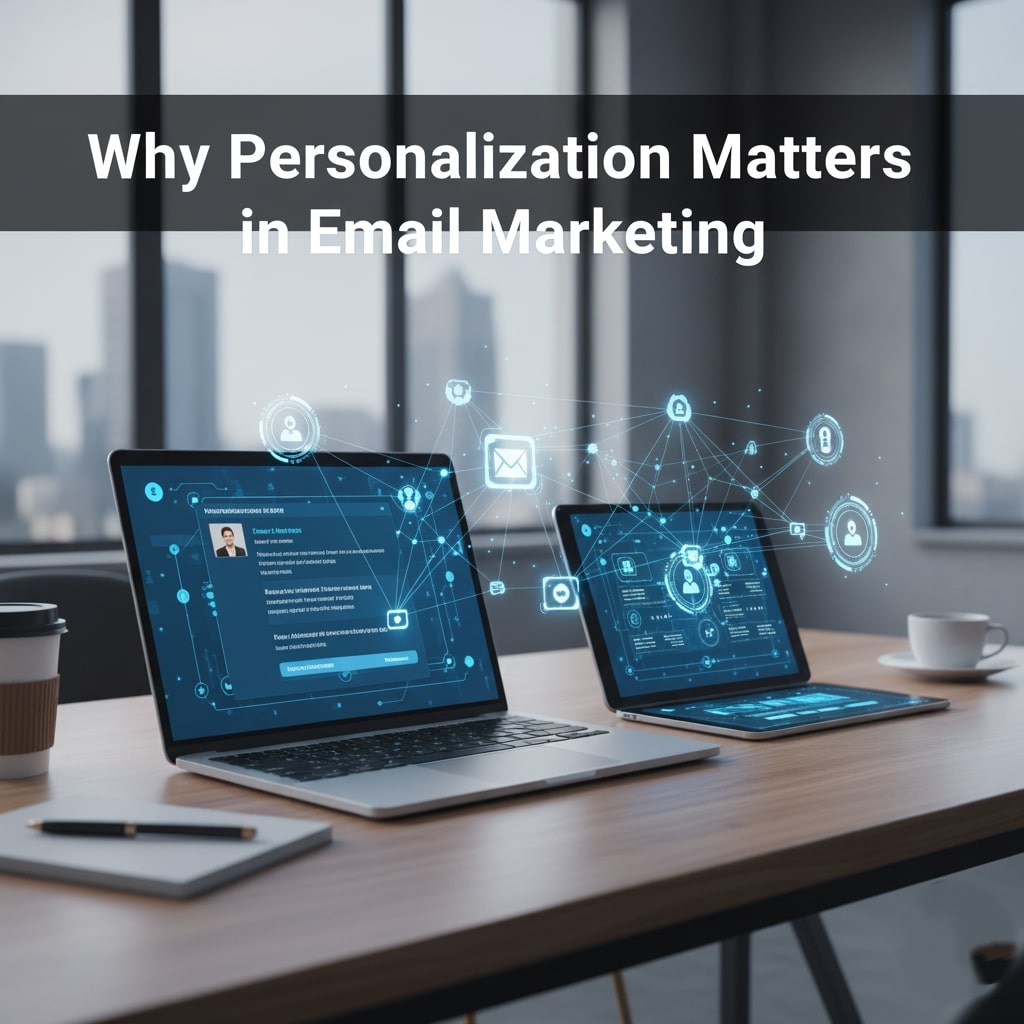
Personalized emails consistently outperform non-personalized campaigns. According to recent industry benchmarks, personalized subject lines can increase open rates by up to 50%, while dynamic, tailored content can boost click-through rates by as much as 100%. Consumers now expect brands to recognize their unique needs and interests.
Key benefits of email personalization include:
- Higher Engagement – Subscribers are more likely to open and interact with emails that feel relevant to them.
- Improved Deliverability – ISPs reward high-engagement campaigns by routing future emails to the inbox rather than spam.
- Increased Conversions – Tailoring recommendations and offers drives more traffic and sales.
- Better Customer Experience – Personalized messaging fosters loyalty and trust over time.
Core Personalization Strategies
Implementing personalization requires more than inserting a subscriber’s name. Here are the most effective approaches for 2025:
1. Advanced Segmentation
Basic segmentation (e.g., by age or location) is table stakes. Level up by combining demographic, behavioral, and psychographic data. For example:
- Purchase History – Group customers who bought Product A but never purchased Product B.
- Engagement Level – Identify inactive subscribers and re-engage them with special offers.
- Lifecycle Stage – Tailor content for new subscribers, repeat buyers, or VIPs.
Tools like marketing automation platforms and CRM integrations make dynamic segmentation seamless and scalable.
2. Dynamic Content Blocks
Dynamic content allows different subscribers to see unique images, copy, or CTAs within the same email send. Examples include:
- Product recommendations based on browsing or purchase behavior
- Location-specific store information and offers
- Personalized countdown timers for event or sale reminders
By using conditional logic tags, you can ensure each recipient’s inbox journey feels tailor-made.
3. Behavioral Trigger Emails
Trigger campaigns send emails based on user actions or inactions, creating timely, relevant touchpoints. Common behavioral triggers include:
- Welcome Series – Greet new subscribers with a multi-step onboarding flow.
- Abandoned Cart & Browse – Recover potential sales by reminding visitors of items left behind.
- Milestones & Anniversaries – Celebrate birthdays, signup anniversaries, or loyalty tiers.
Automation workflows let you map out the ideal cadence and content for each triggered event.
4. Personalization Tokens & Merge Fields
While first-name personalization is basic, tokens can pull any stored data into your emails, such as:
- Company name
- Recent purchase details
- Account status or membership level
Ensure your data is clean and complete to prevent broken tags or awkward generic fallbacks.
5. A/B Testing & Optimization
Continuous testing ensures your personalization efforts deliver the best results. Test variables such as:
- Subject line personalization (e.g., name vs. benefit)
- Dynamic CTA copy based on segment intent
- Layout variations for different audience groups
Use statistical significance calculators built into your ESP to determine winners and implement changes quickly.
Best Practices for Effective Email Personalization
- Maintain Data Hygiene – Regularly clean your list, update subscriber preferences, and remove invalid addresses.
- Respect Privacy – Be transparent about data usage, offer easy opt-outs, and comply with GDPR, CAN-SPAM, and other regulations.
- Balance Automation with Human Touch – While automation powers scale, include personalized signatures or notes for VIPs and high-value segments.
- Monitor Engagement Metrics – Track open rates, click rates, conversions, and unsubscribes by segment to identify trends and opportunities.
- Frequency Management – Adjust send cadence based on subscriber activity to avoid fatigue or churn.
Top Tools to Power Your Personalization Efforts
Choosing the right technology stack is critical. Consider these categories:
- Email Service Providers (ESPs) – Platforms like Mailchimp, Klaviyo, and ActiveCampaign offer robust segmentation and dynamic content features.
- Customer Data Platforms (CDPs) – Solutions like Segment or Tealium unify data from multiple sources for single customer views.
- Marketing Automation Suites – Tools such as HubSpot or Marketo enable complex behavioral workflows and cross-channel personalization.
- AI-Powered Engines – Emerging platforms use machine learning to predict the best content and send times for each recipient.
Measuring Personalization Success
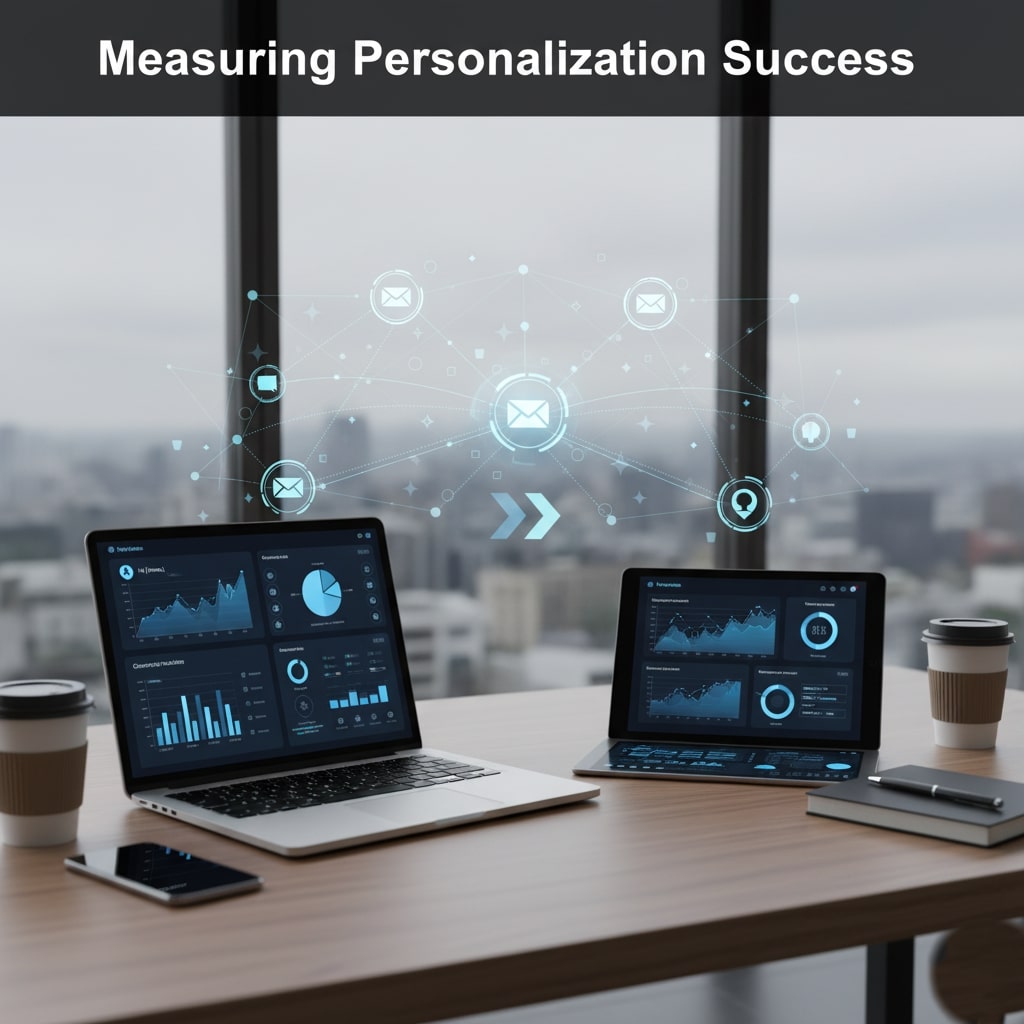
Track these core KPIs to evaluate ROI:
- Open Rate Lift – Compare personalized vs. non-personalized sends.
- Click-Through Rate (CTR) – Monitor engagement with tailored content blocks.
- Conversion Rate – Attribute sales and goal completions to specific segments or triggers.
- Revenue Per Email – Calculate total campaign revenue divided by the number of emails delivered.
- Subscriber Retention – Assess unsubscribe rates and list growth over time.
Conclusion
As inboxes become more crowded, personalization is your competitive advantage. By implementing advanced segmentation, dynamic content, behavioral triggers, and rigorous A/B testing, you can deliver highly relevant emails that resonate with subscribers at every touchpoint. Invest in the right tools, maintain clean data, and measure performance closely. In 2025 and beyond, email personalization will be the key driver of engagement, loyalty, and revenue growth in your marketing arsenal.
Ready to transform your campaigns? Start small with one personalization tactic and scale up as you learn. Your subscribers—and your bottom line—will thank you.



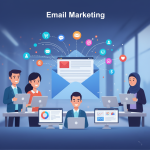

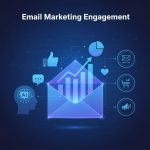
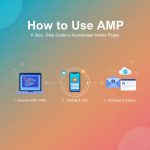
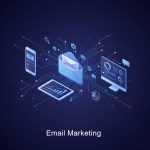

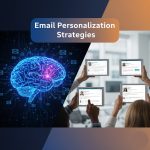

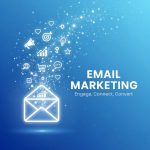
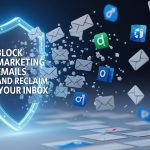

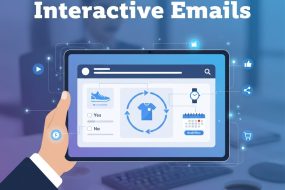
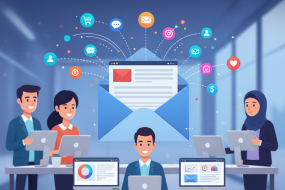
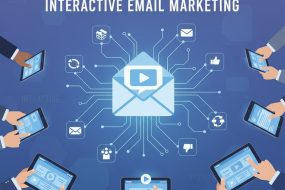
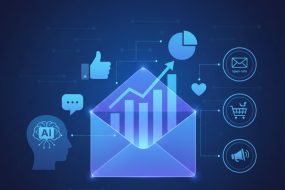
No Comments